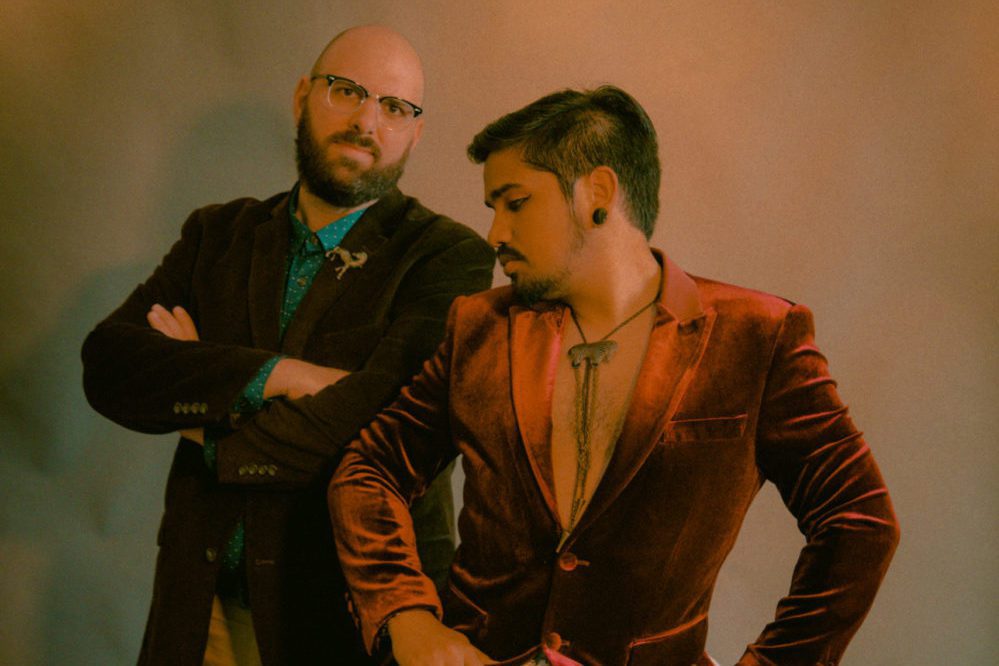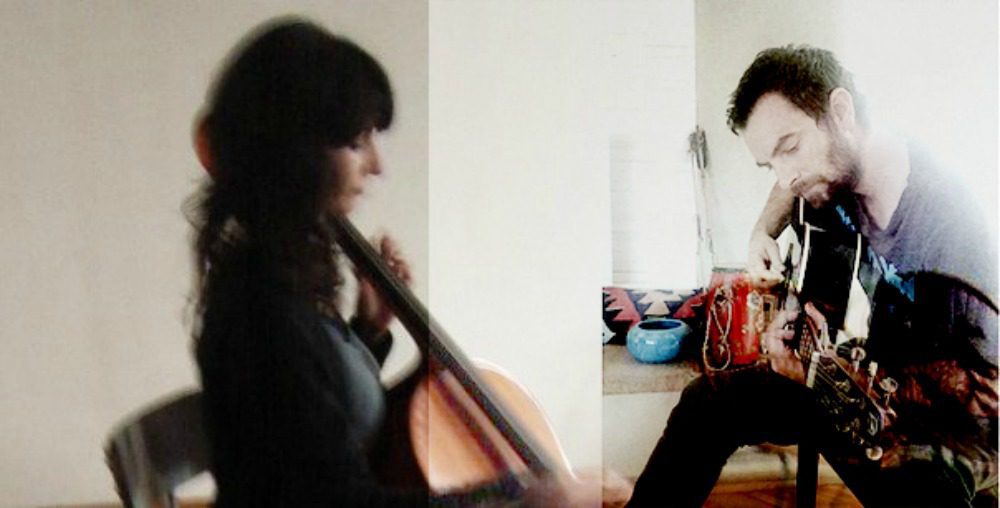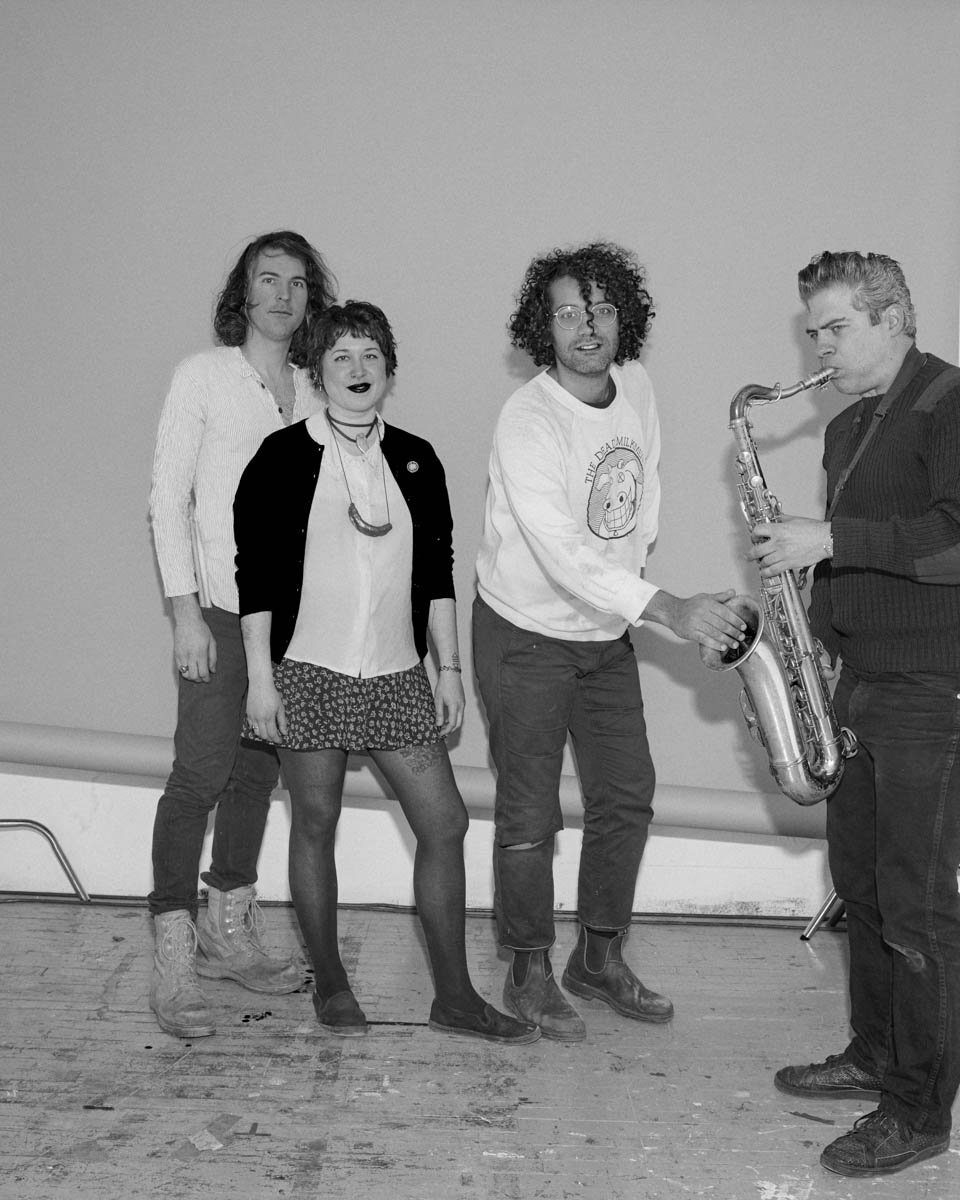Daft Punk and the Legacy of Discovery
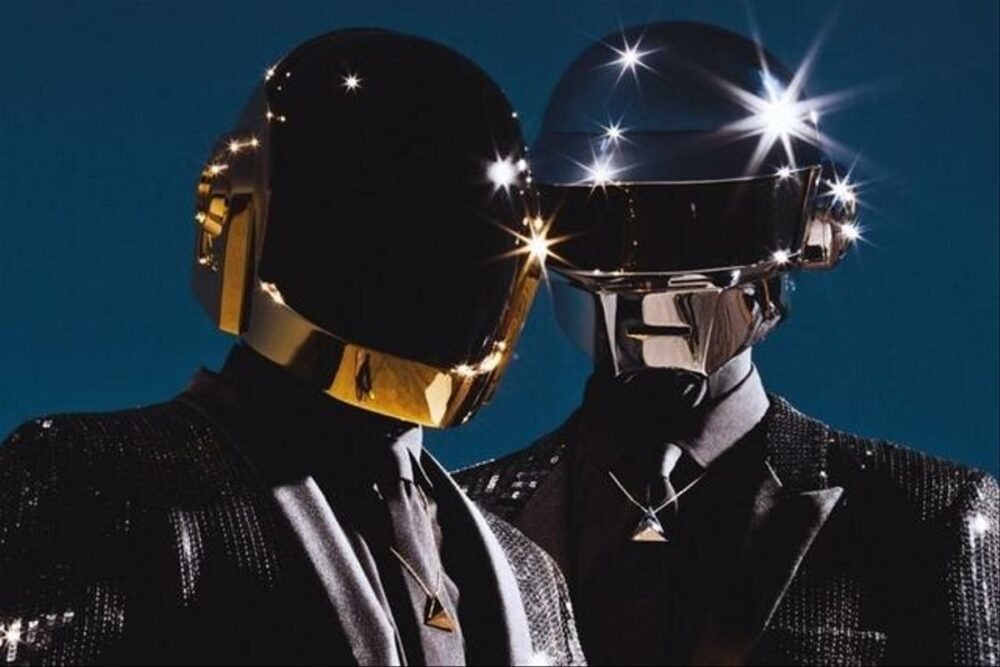
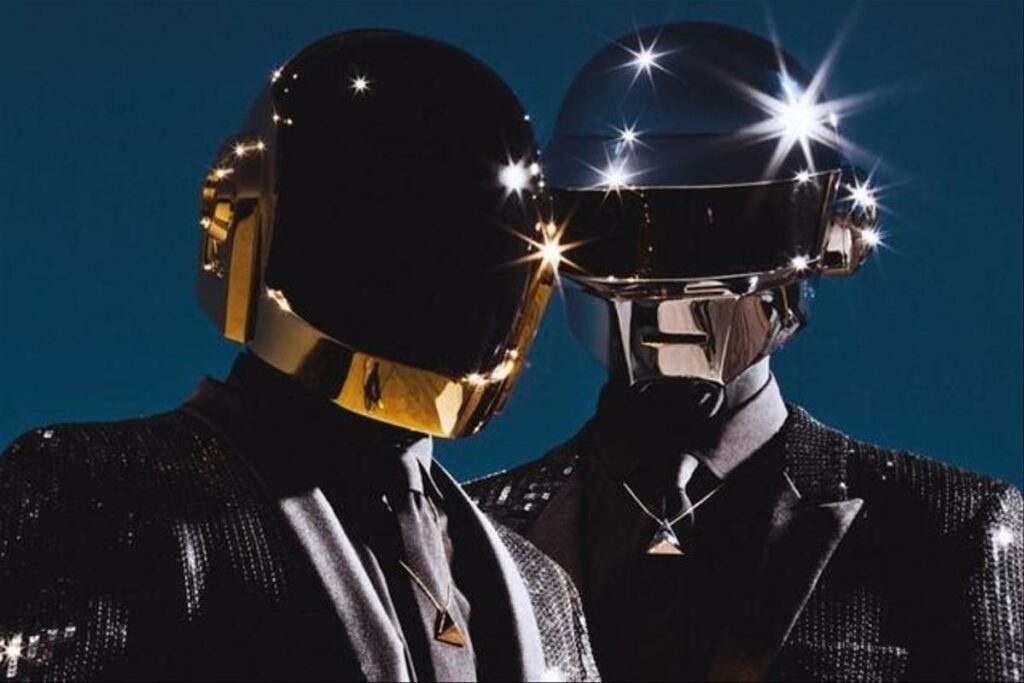
If you were to ask me what was the song of 2001 was, I would answer “One More Time” by Daft Punk. I would tell you this without a moment of thought, because, in my own memory, it was.
In 2001, I was in my 20s, DJing a lot in Los Angeles and going out with my friends on the nights when I wasn’t booked. I can’t recall how many times I dropped “One More Time” in my sets that year, nor how often other DJs spun it. In my mind, I can hear that song pouring our of cars, going head-to-head with Missy Elliott’s “Get Ur Freak On,” while waiting in the drive-thru line at Del Taco after last call. By December, I was kinda tired of “One More Time,” which had been in the air for over a year at that point, but had elevated “Digital Love” to forever-a-jam status.
I am convinced that “One More Time” was the song of 2001, even though it wasn’t. According to Billboard, the number one hit that year was “Hanging By a Moment” from Lifehouse, a song I had to Google on account of having no immediate memory of it. “One More Time” wasn’t even on the year-end top 100. The single, which was released in November of 2000, did top the club charts just before the new year. By March, it peaked near the middle of the Hot 100. As for Discovery, which was released 20 years ago on March 12, it peaked at number 15 on the album chart – in 2015. Almost a decade would pass before the album was certified Gold. At the time of its release, reviews were mixed. The New York Times was down with it. Pitchfork was not.
Discovery lived up to its title. It’s a referential album, not only for the samples contained within it or the dance music luminaries, like DJ Sneak and Todd Edwards, who collaborated on select tracks. The robot aesthetic, which begins to take shape here, recalls Kraftwerk. The sound was influenced by cultural products that the duo – Thomas Bangalter and Guy-Manuel de Homem-Christo, under their mysterious helmets – ingested in their own childhood.
In a 2001 interview with Remix Magazine, Bangalter said of the track “Superheroes,” “We wanted to convey the feeling you get from certain movies. We wanted to make something that sounded like Queen’s music for Flash Gordon or like what you hear when you’re watching an old science-fiction cartoon like Wizards.”
For listeners in the same age group as Bangalter and de Homem-Christo, the album may have prompted a re-discovery of old favorites. For younger acolytes, it may have drawn them towards music and movies released before their birth (fun fact: Queen’s song “Flash” did get a second life in the club world a year later, when it was remixed by Vanguard). Daft Punk would continue building this retro-modern world with Interstella 5555, which used the music from Discovery and was directed by Leiji Matsumoto, the anime and manga artist known for Space Pirate Captain Harlock, Space Battleship Yamato and Galaxy Express 999.
With Discovery, Daft Punk created a cultural touchstone whose impact would be felt years later, perhaps a bit like The Cure did with Disintegration or Depeche Mode with Violator. These were albums that crossed over just enough into the pop sphere to bring younger audiences into their world, while still appealing to the fans they already had, allowing the legend to grow over time. In the case of Daft Punk, that phenomenon was propelled especially by Kanye West (who, apparently, caught wind of the group via A-Trak) when he sampled “Harder, Better, Faster, Stronger” in his own hit single, “Stronger.” This led to another iconic soundtrack appearance (the long-awaited Tron sequel, 2010’s Tron: Legacy) and of course, their guest-studded, universally acclaimed 2013 LP Random Access Memories, only to culminate in this year’s explosive breakup.
That it took time for Discovery to find its place in the canon of popular music says less about Daft Punk than it does about music and culture in the U.S. at the turn of the 21st century. Despite 1980s synthpop and 1990s rave, both of which are probably more popular in retrospect than they were in their moments, electronic music still got the side-eye. There were plenty of people who continued to think of it as less “real” than music played by a dude with a guitar – even in the case of Daft Punk, where electronic music was made by people who also play guitar and bass. There were still echoes of the disco backlash in the ether; dance music was often derided with language that was homophobic, racist and xenophobic. Daft Punk didn’t change any of that.
Yet, it was entirely possible to live in a bubble, even before the advent of social media and devices that seem to know us too well. If you spent most of your time with people in your age group, who shared your tastes, you could certainly exist in a version of 2001 that was dominated by Daft Punk, along with Gorillaz, Ladytron and Peaches. In that world, “One More Time” was an inescapable song, at least until Kylie Minogue’s “Can’t Get You Out of My Head” finally reached the U.S. And, 20 years later, you could absolutely find yourself scratching your head wondering, “Who is Lifehouse?”

